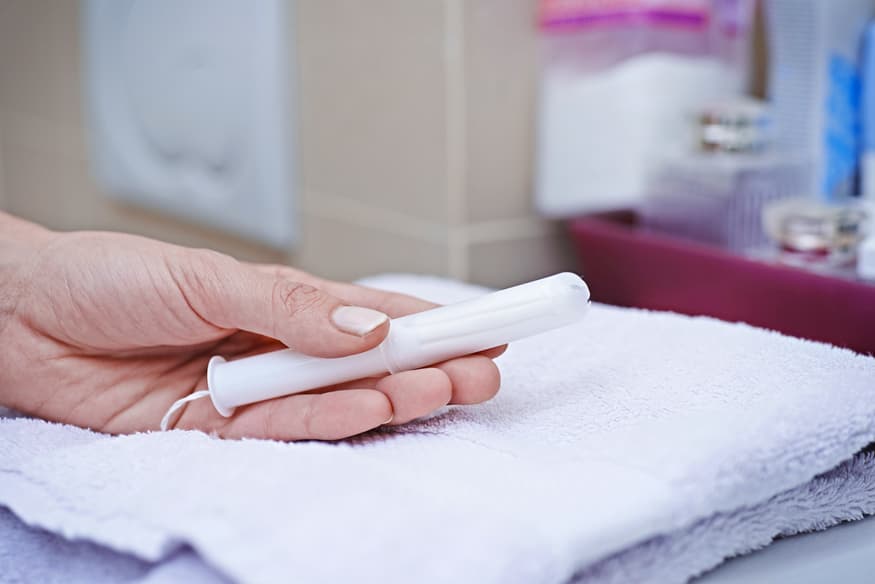A 16-year-old Canadian teen died just hours after an overnight school trip in 2016. Now, two years later, the coroner finally released Sara Manitoski’s cause of death: toxic shock syndrome (TSS). The teen — who medical experts say showed other toxic shock syndrome symptoms — had staphylococcus aureus symptoms on her tampon.
Toxic shock syndrome is most associated with tampon use, but it’s not the only cause.
“We know there is an association. And again, it’s very rare,” Dee Hoyano, a medical health officer at British Health on Vancouver Island, told CTV. “Certainly we know a person needs to have this particular bacteria to get sick, and then there may be something with tampon use, maybe prolonged tampon use, that puts that risk higher for developing a more widespread infection.”
The good news is that TSS isn’t too common, but there are toxic shock syndrome symptoms that people — especially women — need to understand.
What causes toxic shock syndrome?
Contrary to popular belief, tampons themselves aren’t the cause of toxic shock syndrome symptoms.
“The tampons themselves are not contaminated with bacteria,” Dr. JoAnn Pinkerton, executive director of The North American Menopause Society, told People. “The nasty staph organisms are unfortunately carried by us, not the tampons.”
TSS happens when bacteria — specifically, staphylococcus aureus — overgrows and the body can’t stop it.
“The staph bacteria can cause an infection when it gets into parts of the body where it’s not normally found and multiplies,” Gillian Dean, senior director of medical services at Planned Parenthood Federation of America, told CNN.
“Some strains can release a toxin, and that’s what causes TSS,” Dean added. “It can occur after surgery, as a result of healing skin wounds, or even in someone who’s breastfeeding.”
Toxic shock syndrome symptoms
Toxic shock syndrome symptoms, unfortunately, don’t necessarily seem that different than flu symptoms. However, if one of more of toxic shock syndrome symptoms come up at the same time, it’s best to get medical attention.
According to the Mayo Clinic, symptoms of TSS include: a sudden high fever, low blood pressure, vomiting, diarrhea, rash on the palms and soles, confusion and muscle aches, along with redness in the eyes, mouth and throat.
“If you’ve got a tampon in and you’re vomiting, there’s no reason to think that’s TSS,” Dean said. “Most of the time when people are sick during their period, it’s either because of their period, or it’s the cold they caught from their neighbor. But if you’re using a tampon and feeling very ill and you notice that rash, you need to be seen in an ER or by a clinician immediately.”
How common is toxic shock syndrome?
Warnings in tampon boxes and devastating stories — like Manitoski’s death — make it seem like toxic shock syndrome symptoms show up in a large number of people.
Luckily, that’s not the case. TSS affects less than one in 100,000 people, most of them young women.
“Younger women are more likely to get TSS, possibly because of more exposure through tampons or barrier contraceptive use,” Pinkerton told People. “It may also be because they haven’t developed the antibodies yet.”
Doctors are now better equipped to diagnose toxic shock syndrome symptoms and treat them effectively.
“You can have multisystem organ failure and decreased circulation to your extremities, which can cause cyanosis or limb death, and necessitate amputation. In some cases it can be really, really serious.” Dean told CNN of toxic shock syndrome. Model Lauren Wasser had to have both legs amputated as a result of TSS, but “the most common outcome is full recovery.”



















